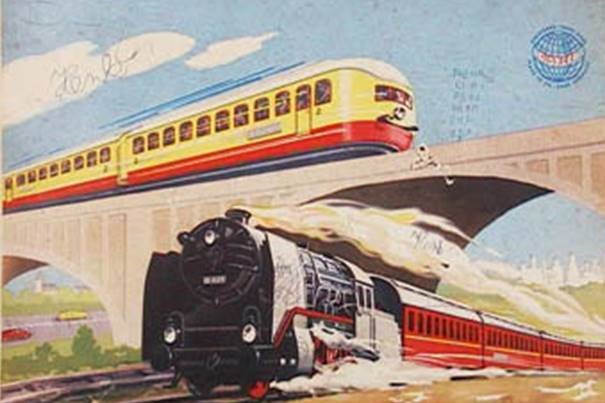The benefits of having one central access point to cultural heritage online
Part 4 in a series on new Europeana source collections on Historiana
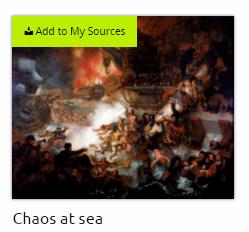

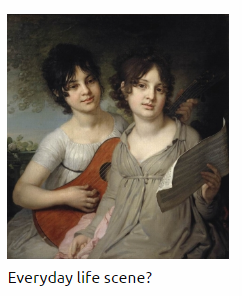
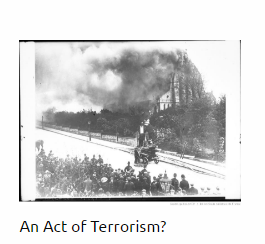
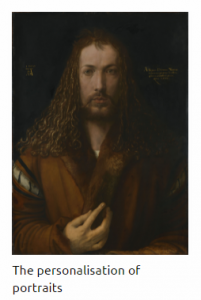
The featured source collections can be found on Historiana and therefore can be used to create online learning activities. This blog is the final in a series of four releases of source collections. Through the blogs EuroClio hopes to shed light on the possibilities that Europeana sources can offer.
When I first heard about Europeana in 2008, I could immediately see what potential having one common reference point for European cultural content could have on education. Having one central access point to explore the diverse collections of archives, museums and libraries would, for example, enable students across Europe to compare and contrast how historical events were reported, to do archival research from any place with an internet connection, and to find sources that challenge preconceptions with much less time and effort.
Of course, this vision had yet to be turned in to a reality, and realising this vision is easier said than done. There were, and still are, many obstacles that stand in the way of providing full access to the collections, but important steps have been made, and Europeana is now much closer to achieving its original vision than when it started. It is now possible to filter on the size of an image, making it possible to leave out those sources that are too small to be of use. More sources are available in high quality (stimulated by the availability of higher quality scanners and improved digitisation techniques). There has been a significant increase in the amount of sources that are licensed in a way that they allow for educational (re)-use and it is possible to search for similar items in the Europeana collections (so that you can find a set of sources, rather than just an individual source). Finally, it is now possible to have direct access to the source (which offers more opportunities for the use of Europeana by third parties).
Since Europeana has started with the support of the European Commission and several member states, cultural institutes from Europe and beyond have worked together to provide access to cultural heritage on themes or topics of common interest via this platform. As a result of these efforts, it is now possible to search, for example, historical newspapers by date and see differences and similarities on the reporting of the same event in different newspapers. It is possible to see how news travelled in a time when communication was not so quick, to see what significance was given to the event (by looking at the place and length of the coverage) and compare what images have been used to illustrate the events.
Efforts have been made to provide access to sources of a certain type (such as photography through EuropeanaPhotography and EuroPhoto or moving images through EUScreen, European Digital Film Gateway and EUScreenXL), to sources related to a field of interest (such as Jewish History though Judaica or social and labour history through HOPE – History of People’s Europe), or historical events (such as the First World One through Europeana1914-1918 or EuropeanaCollections1914-1918 and the Social Political Changes in 1989 through Europeana1989). The fact that these efforts have been made by cultural institutes from multiple countries makes it possible for educators to access a much wider range of sources (compared to searching only one institute) and the streamlining of metadata makes it increasingly easier to find matching sources from the collections of different cultural institutes.
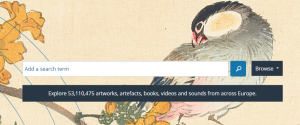
From the perspective of providers of educational resources, having one central point to access the collections of multiple archives, museums and libraries is beneficial because it enables them to directly make use of those sources that are licensed for educational use (as long as direct links are available). EuroClio – Inspiring History and Citizenship Educators, is a provider of educational resources, and is currently building online tools that educators can use to create their own online learning activities together with Webtic (an innovative internet company) and educators from its network to be integrated in Historiana (an online educational resource designed for history learning). In this context, EuroClio, Webtic and Europeana worked together with Europeana in the Europeana DSI1 project to create a Search and Select tool that enables educators to directly search the Europeana Collections and select sources that they want to use in their educational practice. If Europeana would not provide one central access point to the collections of various archives, museums and archives, it would have been very costly and labour-intensive to help educators access the same sources.
What can still be improved, in terms of stimulating the use of the collections in education, is that educators should need less time to find what they are looking for. It can be difficult for someone who is not familiar with Europeana to get a sense of what the collections are about (within the Search and Select tool, we tried to help educators with this by providing brief overviews of selected content providers to help educators decide why they might be interested to search the collection of a specific archive). What can also help is to ensure that the Europeana Collections have enough relevant source materials on at least those areas of learning that are (most) common in curricula across Europe. For example, whereas a search on “First World War” leads to 90,094 results that are allowed to be used with attribution or restriction, a search on “Industrial Revolution” leads to only 73 results. This does not mean that there are no relevant sources, but it does mean that it takes time for educators to find what they need. In an ideal scenario the most relevant sources would be highlighted or presented as a set with a manageable amount of selected sources (as EuroClio had done for several sets of sources). This can be done by actively engaging communities of educators (to help set priorities for digitisation), and further investment in digitisation and improving metadata to ensure that usable content for key areas of the curriculum can be found in the Europeana Collections.
The more complete the Europeana Collections are and the easier it gets for educators or providers of educational resources to find what they are looking for, the more valuable Europeana will be become.

